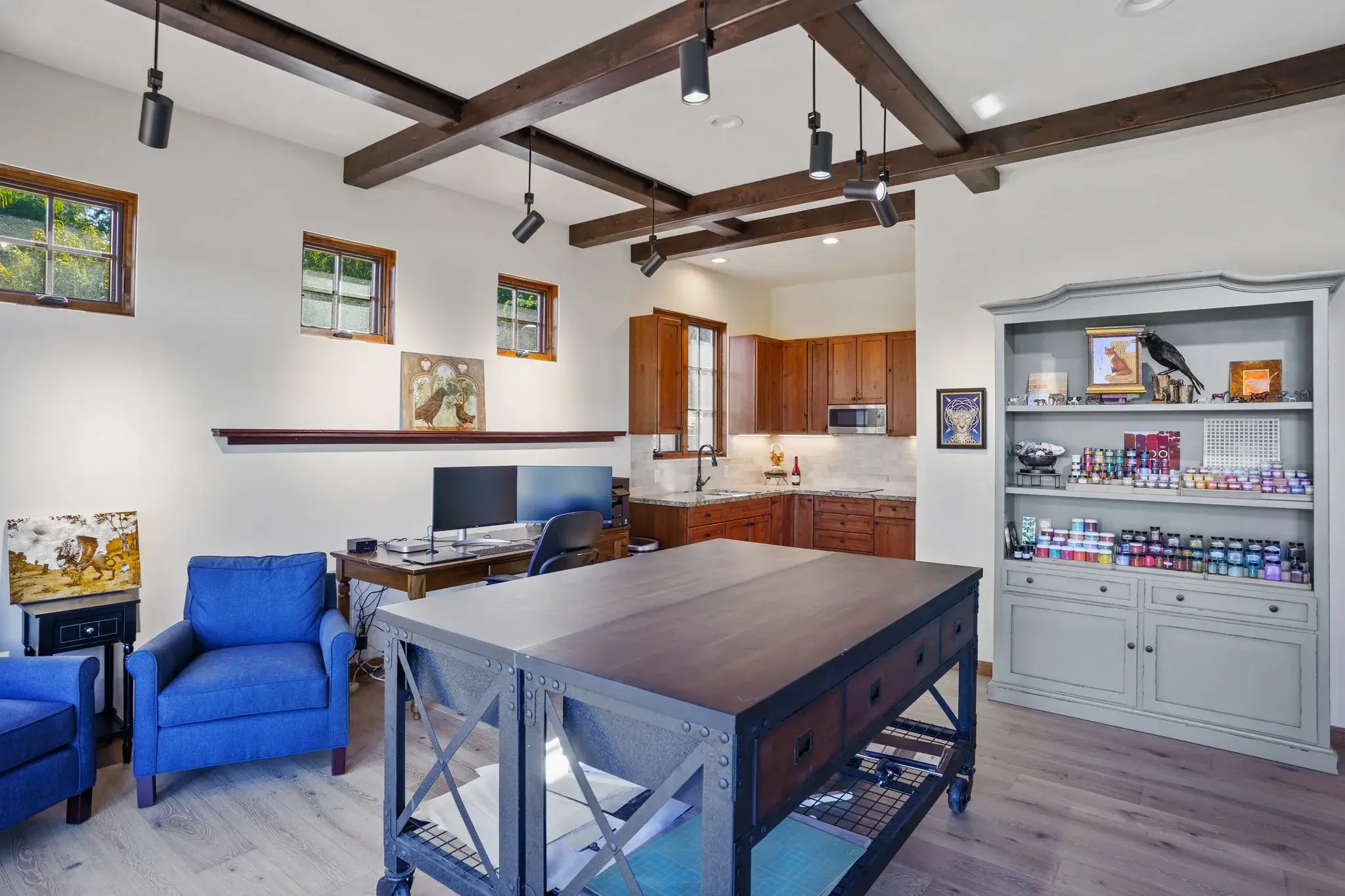ADU Construction: Common Mistakes to Avoid for Long-Term Durability

Summary
Do you know that these ADU construction mistakes not only affect the structural integrity of your building but can also lead to loss of money and property and affect the occupant’s health? Extend the lifespan of your property by avoiding these pitfalls.
Table of Contents
Introduction
Are you thinking of expanding your living space or adding value to your property by building an accessory dwelling unit (ADU)? An estimated 1.4 million legal ADUs exist in the United States, and that number is growing steadily each year.
Whether used as a source of rental income, for accommodating guests, or as spaces for aging parents and adult children, ADUs have become a smart and flexible housing solution for homeowners.
However, homeowners make common mistakes during ADU construction, leading to delays, cost overruns, and regulatory issues. Understanding and avoiding these mistakes during the design and building is crucial to ensuring your ADU stands strong for years.
Importance of ADU Durability
A durable ADU requires fewer repairs, saving homeowners thousands in maintenance costs. One way to avoid structural and maintenance problems is to prevent foundation mistakes. Without a solid foundation, your ADU will face structural issues that may compromise its integrity or lead to its collapse.
More importantly, durability ensures the unit remains safe, energy-efficient, and livable for decades. Since buildings are always placed in backyards or areas with limited space, repairing ADU foundation mistakes, such as water damage or cracks, can be costly and disruptive.
Prioritizing long-term durability from the start protects your investment, ensures code compliance, and reduces the need for repairs or costly maintenance.
Foundation Mistakes
The following are some of the most common ADU foundation mistakes:
1. Skipping Proper Site Preparation
Skipping soil testing or ignoring grading issues can lead to foundation shifting or water pooling at the base, leading to foundational cracks or uneven floors. Before any construction, the site must be prepared for the burden of an additional building. This includes clearing the site, excavation, identifying potential obstacles, and confirming if the site is suitable for ADU construction.
2. Insufficient Drainage
Water is your foundation’s worst enemy. Insufficient drainage causes water damage and structural damage. It leads to waterlogging, the erosion of materials, and damage to the foundation. This reduces the value of your property and the ADU’s lifespan.
3. Not Waterproofing the Foundation
Waterproofing prevents moisture infiltration. It prevents structural damage, mold growth, and costly repairs.
Material Selection for Durability
When building an accessory dwelling unit, the type and quality of the material you use significantly affect the lifespan of the building.
1. Choosing Cheap, Low-Quality Materials
Using low-quality materials to save money is always a bad idea. Instead of considering cost, quality should be the main driver of all your decisions. Also, choosing cheap, low-quality materials will result in higher long-term costs due to frequent repairs and replacements. The best materials for ADU durability include steel, concrete, and brick.
2. Not Accounting for Local Climate
Using materials unsuited for your region, like wooden siding in wet climates, will result in premature deterioration and affect structural integrity and the lifespan of your building.
Energy Efficiency and Sustainability
In ADU construction, energy efficiency and sustainability are two factors that go hand in hand. Sustainable materials have a lower environmental impact through reduced energy consumption during production, recycling, or durability.
Sustainable ADU design features include recycled or reclaimed wood, low-VOC paints, energy-efficient windows, and doors.
1. Poor Insulation and Ventilation
Skimping on insulation or using outdated materials can lead to temperature fluctuations, increase utility bills, and reduce occupant comfort.
Proper ventilation can trap humidity inside, leading to mold growth, deterioration of building materials, and a decrease in property value.
2. Ignoring Future Energy Upgrades
Building an Encinitas Accessory Dwelling Unit without considering future needs can limit its long-term value. To maximize insulation, add solar panels for energy efficiency and ENERGY STAR-rated appliances.
Layout and Space Planning
Layout and space planning problems in ADU construction can result in insufficient natural light, poor storage solutions, lack of privacy, and a rigid living space.
Failing to Design for Flexibility
Many ADU designs are rigid, not accounting for individual preferences and flexibility. This limits comfort and convenience, as new tenants or guests find it difficult to adapt the space to their needs. For example, what works for a short-term rental might not suit a family member or a long-term tenant.
Legal and Compliance Issues
ADU construction requirements evolve and change constantly, and failing to comply can result in fines, legal issues, or even the demolition of your building.
Not Securing Proper Permits and Approvals
Neglecting ADU building codes and permits is usually the first and most costly mistake when building an accessory dwelling unit. The permit process involves submitting building plans, designs, layouts, etc, and ensuring they comply with local laws.
Working with an experienced ADU builder will help ensure you have all the permits and approvals you need to build an accessory dwelling unit on your property.
Financial Considerations
If you start your ADU project without a budget, every decision will be a struggle.
Not Considering Resale Value
While spending a lot on luxury features and smart home technology might be tempting, spending too much on upgrades that don’t suit your neighborhood or rental market can hurt your return on investment. Aim for functional and durable additions while also leaving room for flexibility and future upgrades.
Aesthetic and Functional Design
Durability and compliance are essential when building an accessory dwelling unit, but so is how it looks and functions, especially if you intend to earn rent.
Read More: Ensure Your ADU is Functional and Comfortable for Long-Term Living
Neglecting Outdoor Living Spaces
Small indoor spaces can benefit from a connection to the outdoors. Failing to include outdoor living features such as patios, balconies, large windows, or a tastefully designed yard can make your ADU feel cramped and uncomfortable.
Conclusion
Building an accessory dwelling unit requires a significant financial outlay. To protect your investment, you must avoid common construction mistakes such as choosing cheap or low-quality materials, neglecting site preparation, not securing permits and approval, etc.
While some of these mistakes can be resolved easily, ADU foundation mistakes are often costly. They can result in uneven floors, cracks, or even collapse.
House to Home is no stranger to building reliable, efficient, long-lasting ADUs. Check out what our previous customers say about our Encinitas Accessory Dwelling Unit projects.
Read More: Building an ADU in San Diego: A Step-by-Step Guide
FAQs
Determine if you are eligible to build an ADU on your property and ensure compliance with the necessary ADU building codes and permits.
Garage conversions are touted as the easiest ADU to build. Your contractor will repurpose an existing garage into a livable space.
The construction is the most expensive part of building an ADU. It takes about 90-94% of the budget.
There is no state minimum lot size for building an ADU, but all types of ADU must be at least 150 square feet.
Building an ADU increases the value of your property and is an excellent source of rental income.
One of the most significant disadvantages of ADUs is the lack of space.
Building an ADU is cheaper than a traditional home because it uses an existing space.
Some ADU foundation mistakes to avoid when building an ADU include lack of proper drainage, neglect of waterproofing, and skipping site preparation.
Low-VOC paints and energy-efficient materials like reclaimed wood can improve sustainability and weather resistance.
Concrete, steel, and bricks are best for creating durable buildings.
About Author

Founder & Chief Sales Officer, House to Home
John Hayes is the Founder and Chief Sales Officer of House to Home Design Build Remodel, a leading general contracting firm serving homeowners across North County San Diego.
